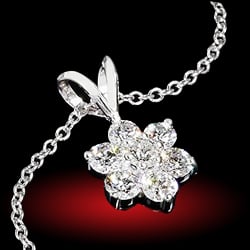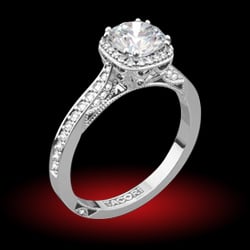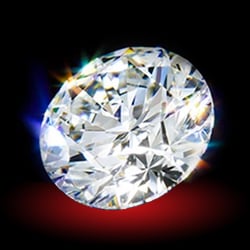- Joined
- Apr 3, 2004
- Messages
- 33,852
Let''s assume these are two idenitical stones with the same size inclusions, same location, the question is, would they both recieve the same clarity grade? In other words, does the bigger stone gets the advantage of having a bigger size inclusions, but still recieves the same grade as the smaller size.










300x240.png)